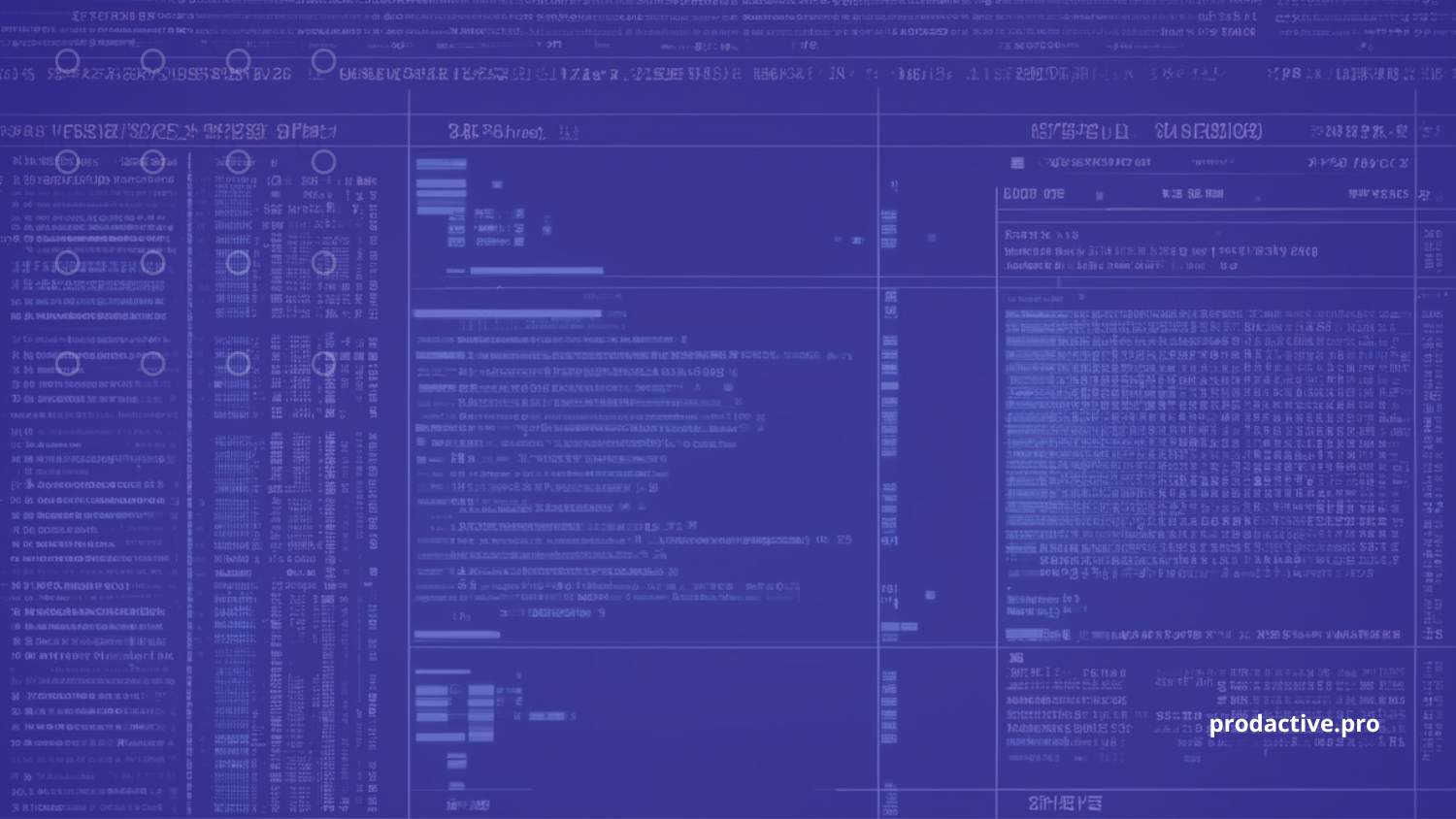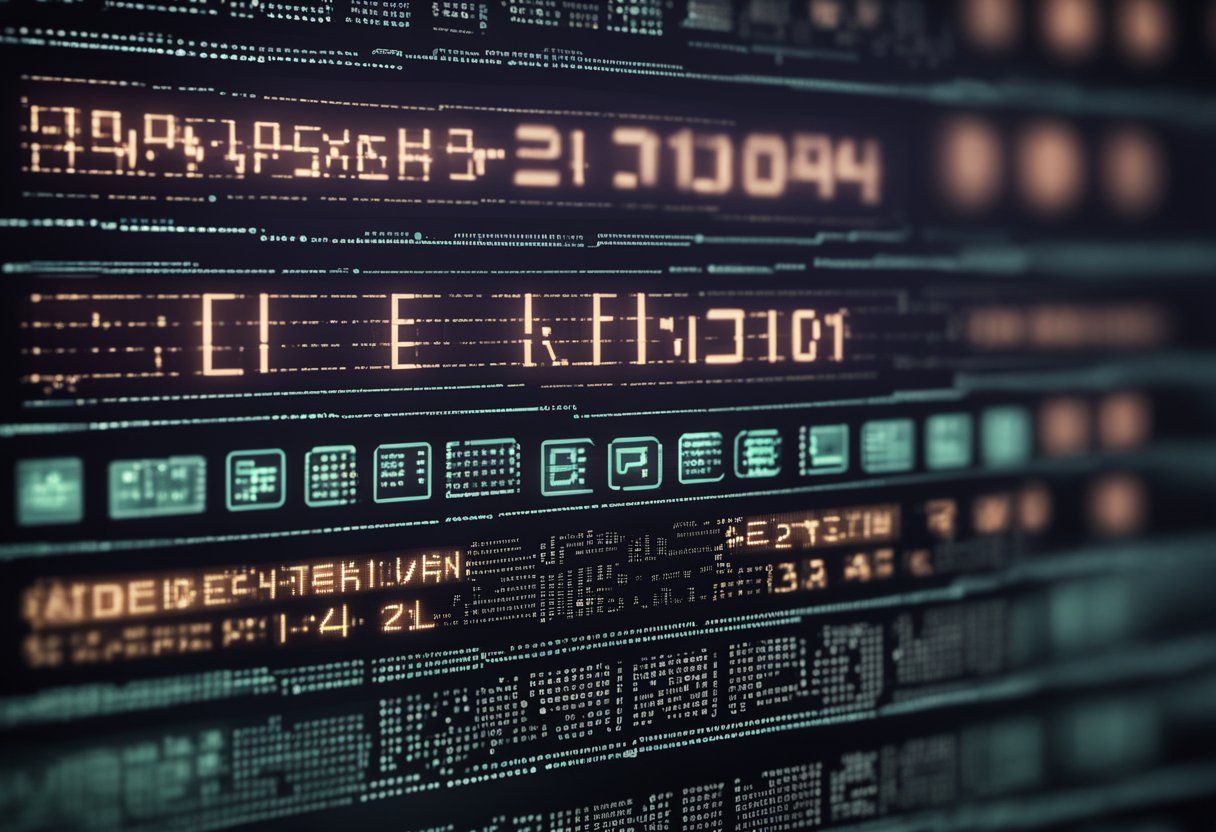Detect AI Generated Text: Best Practices and Tools

To detect AI generated text is important. It helps create genuine and creative content targeted at humans, not search engines.
It may also help across other domains of creativity, such as honesty, reliability and content development.
Cutting edge technologies like QuillBots AI Detector can scrutinize writing.
They help to identify AI produced content with great precision. These mechanisms leverage algorithms to distinguish between text crafted by humans.
Content generated by AI helps you to authenticate the origins of their content.
Scribbrs AI tool and WriteHuman provide functions, like ratings and detection abilities for well known AI models such as ChatGPT and GPT 4. Using these tools allows people and companies to guarantee the uniqueness of their content and steer clear of any issues related to AI generated materials.
Worried about upholding honesty and meeting publication criteria?. Contentdetector.AI offers solutions with model inclusion. Detecting AI generated text is key to upholding quality standards guaranteeing reliable content integrity, on platforms.
Understanding AI-Generated Content

Content created by AI depends on progress, in machine learning, language models to generate text. It shows characteristics such as being predictable and at times missing the subtleties found in writing.
1. Characteristics of AI-Written Texts
AI generated text often displays patterns. For instance the sentence structure might appear precise leading to a feeling of predictability. Human writing usually incorporates a blend of straightforward sentences. Conversely AI generated content could present material that is consistently styled.
One aspect to consider is the selection of words. AI programs tend to repeat phrases or limit their choices resulting in text that may seem engaging. Furthermore, content produced by AI often lacks richness and a personal touch, qualities that algorithms struggle to replicate.
2. Role of Large Language Models
Significant language models such as GPT 4 are essential in creating AI content. They undergo training using datasets to anticipate the following word in a series. Their learning process incorporates techniques, from natural language processing (NLP) to comprehend and replicate natural language structures.
These models can generate text that flows well. Fluency doesn't always mean it reads like something a human would write. NLP algorithms can examine language aspects. They might find it challenging to capture contextual subtleties. While extensive language models improve the calibre of machine generated text they also showcase constraints in replicating ingenuity.
3. Limits of AI Capabilities
With all the progress made AI generated content still has its constraints. One of the limitations is the absence of comprehension and creativity.
While AI can study and imitate patterns it falls short in grasping the essence of words. This frequently leads to content that is accurate, in a sense but lacks uniqueness.
AI technology also encounters difficulties in sustaining a flow throughout extended written works. It can lead to inconsistencies or gaps in logic.
Additionally, identifying text generated by AI can be achieved through tools that assess sentiment, fluency and other textual characteristics. These tools point out irregularities that suggest the content was created by a machine.
Knowing these traits and boundaries can assist in recognizing and leveraging AI created material.
Essentials of AI Detection Tools

AI detection tools are important for determining if a text was created by intelligence. It's essential to grasp the functionality of these tools and assess their efficiency when it comes to ensuring the quality and genuineness of written material.
Detection Mechanisms
AI detection tools utilise techniques to spot AI generated text. One popular method involves examining sentence structure and grammatical patterns. Algorithms analyse the text, for indicators and irregularities that're characteristic of machine generated content like repeated phrases or varying tones.
Certain tools also assess the consistency and smooth progression of the text. By contrasting these aspects with established human writing styles they can gauge the probability that a text was authored by a human.
Sophisticated detection tools utilise machine learning models that have been trained on collections of texts written by both humans and AI. These models enhance their ability to detect with accuracy by learning from fresh examples.
Comparative Analysis of Tools
Various tools for detecting AI exhibit degrees of precision and dependability. For example Scribblers AI Detector has the capability to recognize content produced by known AI models such as GPT 3 and GPT 3.5 with a degree of accuracy. Additionally it is currently experimenting with identifying GPT 4.
Writers detection tools are simpler to use compared to others though they may not be as comprehensive. They offer user features for analysing both URLs and text excerpts, with ease.
Many sophisticated tools compare texts with databases to recognize patterns created by AI. They assess quality, coherence and consistency to minimise errors. While no tool can ensure precision, using detection methods together can improve dependability.
Navigating AI Detection Technologies

The use of AI detection tools is increasingly important, in upholding honesty, building trust, in industries and supporting daily tasks. These technologies distinguish between content written by humans. That generated by AI through a range of methods and specialised tools tailored to contexts.
AI Detection in Academia
In environments tools, for detecting AI play a role in upholding academic honesty.
Teachers utilise AI writing detectors to determine if a student's work truly reflects their effort or if it has been generated by intelligence. Through the identification of markers, in AI generated text and the utilisation of software that scrutinises characteristics these tools contribute to ensuring equity.
Several colleges currently require the utilisation of software to reduce the chances of AI generated content, in tasks. These software programs help identify structures and patterns commonly found in AI generated text guaranteeing the originality of students' work. Additional details regarding these approaches can be accessed through articles, in MIT Technology Review.
Industry Usage of AI Checkers
In the realm businesses rely on AI powered content scanners to validate the legitimacy of written documents. These tools play a role in differentiating between content crafted by humans. That generated by AI ultimately upholding credibility and fostering trust.
In fields, like publishing, these tools are crucial for guaranteeing that the content they create and share is authentic. For instance experts have come up with techniques to detect AI generated text, which can help in combating information. These tools examine text for AI patterns and formats playing a role in verifying content.
Everyday Applications
AI detection tools aren't limited to industrial use; they also have practical applications in our daily lives. Whether it's spotting reviews or verifying the authenticity of social media content these tools serve an important purpose.
People rely on AI detectors to confirm the legitimacy of types of written material they come across every day. This guarantees that the information shared on platforms is authentic and reliable. The Mozilla Foundation assesses applications designed to assist people in identifying text generated by AI offering tools for users.
Identifying AI in Multi-Language Contexts

In today's diverse digital world, AI-generated content appears in many languages. Detecting such content requires specialised tools that adapt to language differences and nuances. These tools and their challenges are essential for accurate identification.
AI Detectors for Multiple Languages
X Detector and similar tools can identify AI generated text in languages by analysing patterns and linguistic features. These detectors are trained on datasets to differentiate between human and AI writing based on factors, like text fluency and syntax.
Advanced detectors leverage learning to improve precision. This approach enables them to interpret language patterns ensuring their reliability across languages. Their aim is to deliver accuracy of the text's source language instilling users with trust in the detectors capabilities.
Challenges in Non-English Texts
Detecting computer generated content, in texts written in languages other than English, poses challenges. Numerous tools designed for detecting AI generated text were initially created with a focus on English resulting in differing degrees of accuracy when applied to languages. The intricacies of language, idiomatic expressions and regional vernaculars can add another layer of difficulty to the detection process.
Furthermore the datasets used to train detectors in languages other than English may not be as thorough. This constraint impacts the detectors capacity to grasp and recognize patterns. Experts are currently focused on broadening these datasets to enhance detection precision.
Ongoing work is being done to add features to AI detectors. Key efforts include expanding language options and enhancing detection algorithms all with the goal of creating tools for spotting AI generated content in a range of languages.
Legal and Ethical Considerations
Identifying AI generated text involves addressing a range of ethical concerns especially concerning copyright protection and upholding integrity, in professional environments.
Copyright and Plagiarism Concerns
AI generated text poses concerns about intellectual property rights and originality. When AI systems produce content there is a risk of duplicating existing material, which could result in copyright infringement. This issue is particularly relevant, for writers and artists who need to verify the authenticity of their work.
Plagiarism poses a challenge. It is crucial for schools and publishers to detect and deal with content produced by AI but falsely attributed to humans. Engaging in dishonesty can lead to consequences, impacting one's reputation and future prospects.
AI generated content might lead to behaviour when individuals wrongly take credit for works produced by AI. This poses a threat to the credibility and reliability of published content.
Established structures play a role, in safeguarding intellectual property rights and enforcing consequences, for infringements. It is imperative for entities and organisations to adapt to these emerging issues guaranteeing that the content produced by AI aligns with regulations and ethical norms.
Maintaining Academic and Professional Integrity
The growing presence of AI generated content has an impact on the credibility of professional settings. Within circles AI is capable of generating essays, research papers and various materials potentially resulting in dishonesty when students pass off these works as their own.
Professional integrity is also at risk. Businesses might employ AI to draft reports, proposals, and other documents. Without proper disclosure, this can mislead stakeholders and clients about the originality and authenticity of the work.
In work environments it is crucial to spot AI generated text to uphold trustworthiness. It is essential for schools and businesses to create guidelines and utilise detection methods to recognize and handle AI produced material. This guarantees openness. Preserves standards of excellence and genuineness.
Ensuring the protection of confidentiality is also an issue. AI systems utilised for creating text should comply with data privacy laws to prevent the disclosure of information.
User Experience with AI Detection Solutions
Users often seek ease of use and clear reporting when using AI detection tools. Key aspects include how intuitive the interface is and the quality of the reporting and feedback systems provided.
Interface and Accessibility
A key element for a positive user experience is a user-friendly interface. Premium tools often invest heavily in design, ensuring that even those new to AI detection can navigate easily.
Tools such as Originality.ai provide user interfaces. This allows users to easily upload their text, conduct the analysis and understand the findings without any difficulty.
Having accessibility is really important too. Numerous high quality tools can be used on the web and, through applications giving users the ability to utilise features, across devices.
Reporting and Feedback Systems
Thorough reporting plays a role in grasping and enhancing AI detection. Top notch tools offer reports that dissect the analysis in a manner.
This involves pinpointing sections of text that are probably generated by AI and providing clarifications. For example applications such as Fleksy monitor typing habits to assist in recognizing AI generated content.
Users can share their thoughts on the precision and efficiency of a tool, through feedback mechanisms. This helps developers enhance the software over time whether it's a free service. User input plays a role in enhancing the capabilities of AI detection tools.
Advancements and Future Prospects
Advances in identifying AI generated text have been concentrating on enhancing methods and tackling obstacles. These upgrades strive to distinguish between content written by humans and that produced by AI employing advanced techniques and algorithms.
Emerging Techniques in AI Detection
New tools and methodologies have been developed to enhance the detection of AI-generated text. Stylometric analysis looks at vocabulary, sentence structure, and overall writing style to find inconsistencies. This method helps identify subtle differences that may be overlooked by a casual reader.
Studying behaviour is a method. It observes the way text is created such as the speed and rhythm of typing to differentiate between patterns and those generated by models, like GPT 4, ChatGPT 3.5 and other sophisticated systems.
Moreover anomaly detection relies on analysis to pinpoint deviations from writing styles used by humans. Through the analysis of data sets experts can teach algorithms to detect these anomalies with precision. Various tools highlighted in articles, from MIT Technology Review have delved deeply into these techniques.
Anticipating Future Challenges
As AI continues to evolve, new challenges in text detection will arise. One significant issue is keeping up with the rapid improvements in models like GPT-4 and newer systems such as Gemini and Bard, which produce increasingly sophisticated text that closely mimics human writing.
One more obstacle to overcome is the issue of scalability. To identify AI generated content extensively, on social media platforms we need effective tools. Scientists need to create techniques that can swiftly evaluate text volumes with mistakes.
Ensuring privacy is essential when identifying AI generated content. Algorithms should prioritise user privacy. Prevent any intrusion. The efforts by Mozilla Foundation underscore the importance of balancing detection with respect, for privacy.
Meeting the challenges ahead will necessitate creativity and teamwork, among scholars and organisations.
Support Resources and Additional Information
Those looking to gain an understanding of how AI detects generated text can make use of support resources and tools available. These resources consist of FAQs, user manuals and citation and referencing aids.
FAQs and User Guides
Questions are important, for addressing usual queries regarding the detection of AI generated text. They offer details on aspects such as the functioning of detectors and common mistakes to steer clear of. Scribbr presents an AI and ChatGPT Detector enabling individuals to grasp the process of identifying texts produced by models such as GPT, Gemini and Copilot.
User manuals found on platforms such as WriteHuman provide assistance to individuals in grasping the intricacies of scrutinising language patterns and sentence constructions. Such manuals typically feature guidance rendering them beneficial, for newcomers to AI detection resources.
Citing and Referencing Tools
When working with AI generated content it's important to cite your sources. Utilising tools such as citation generators can assist in generating references in formats like Harvard style. These resources play a role in upholding honesty and preventing plagiarism.
Scribblers citation tools make it easier to cite sources regardless of whether the content generated by AI or written by a person. Their resources assist in formatting citations guaranteeing the presentation of each reference. This holds significance, in professional environments where accurate citation is essential.
